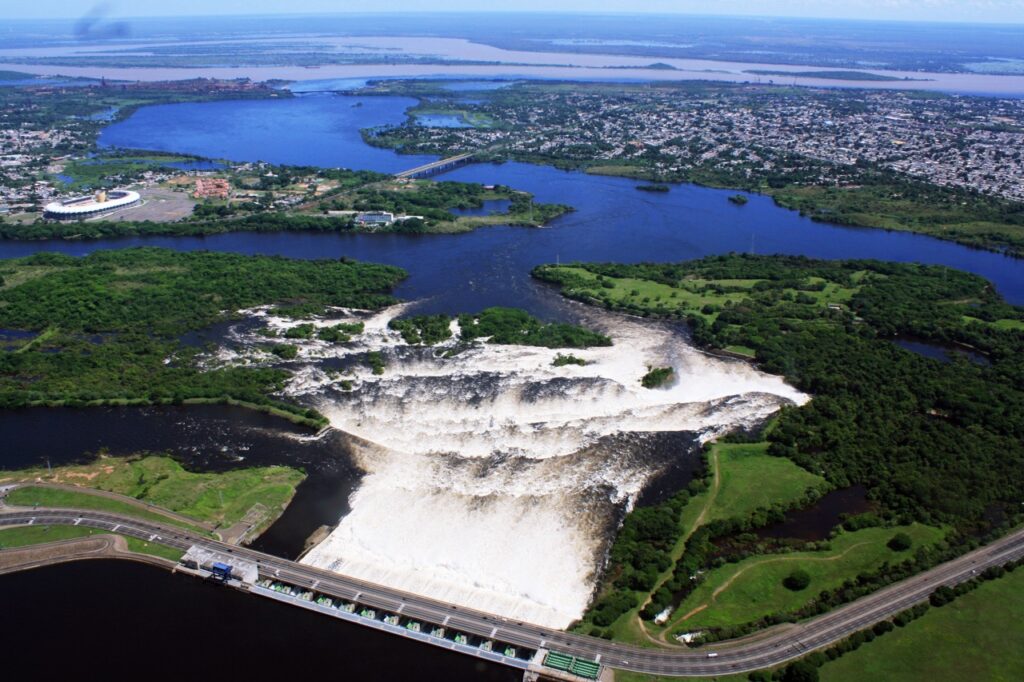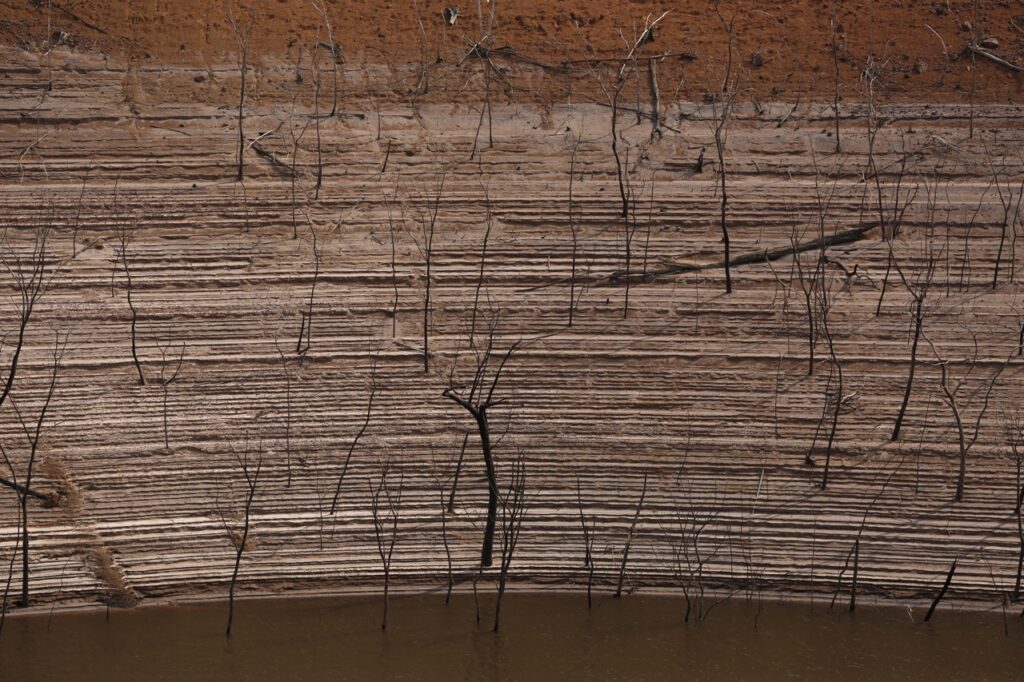
Jens Andermann, Lisa Blackmore & Dayron Carrillo Morell, eds. Natura: Environmental Aesthethics after Landscape. Zurich: diaphanes, 2018
For poets, artists, philosophers, and even environmental activists and historians, the landscape has long constituted a surface onto which to project visions of utopia beyond modernity and capitalism. Yet amid fracking, deep sea drilling, biopiracy, and all the other environmental ravages of late capitalism, we are brought to re-examine the terms of landscape formations. In what ways might artistic, scholarly, and scientific work on nature push our thinking past seeing the world as something we act on, and instead give agency to the landscape itself?
Natura takes up this challenge, exploring how recent activist practices and eco-artistic turns in Latin America can help us to reconfigure the categories of nature and the human. Moving from botanical explorations of early modernity, through the legacies of mid-twentieth-century landscape design, up to present struggles for the rights of nature and speculative post-human creations, the critical essays and visual contributions in this anthology use interdisciplinary encounters to reimagine the landscape and how we inhabit it.
Contributors: Emmanuele Coccia, Ursula Biemann, Maria Thereza Alves, Genaro Amaro Altamirano, Oliver Lubrich, Eduardo Jorge de Oliveira, Nuno Ramos, Álvaro Fernández Bravo, Javier Correa, Victoria Jolly, Jill H. Casid
Lisa Blackmore, Colonizing Flow: Hydropower Aesthetics and Post-Kinetic Assemblages in the Orinoco Basin
Hydroelectric megaprojects are built on assumptions about human-nature relations. They presuppose a steady flow of water consistent with yearly rainfall patterns and climatic phenomena, and they wager that mathematical calculations (flow patterns and hydraulic modeling) and hydroengineering facilities (sluices and reservoirs) can reliably harness river flow to generate an unstinting supply of hydroelecticity. Today, however, the waters of the Orinoco basin fluctuate unpredictably between drought and deluge, and the catastrophic failure of Venezuela’s hydroelectric facilities is a topic of regular speculation. As “concrete semiotic and aesthetic vehicles” (Larkin), dams are both mouthpieces for the developmentalist discourses associated with human quests to put nature to work, and structures that entangle human and nonhuman things in the systematic movement of matter. With this in mind, after retracing these relations through historic and modern conceptions of the river basin as a resource to be colonized by humans, in the pages to follow I dwell on the high watermark of hydromodernity left by dams built in Venezuela in the 1960s and 1970s. I probe the aesthetic and discursive valences of the hydraulic and kinetic flows set in place in hydroelectric plants, by linking their infrastructure, public spaces, and monumental artworks to national narratives of industrialization. Ultimately, by attending to recent interruptions of these flows in light of new materialist thinking, I seek to reframe Venezuelan hydroelectricity as an assemblage shaped as much by human feats of engineering and art, as by the “vibrant matter” (Bennett) of nonhuman actants.



